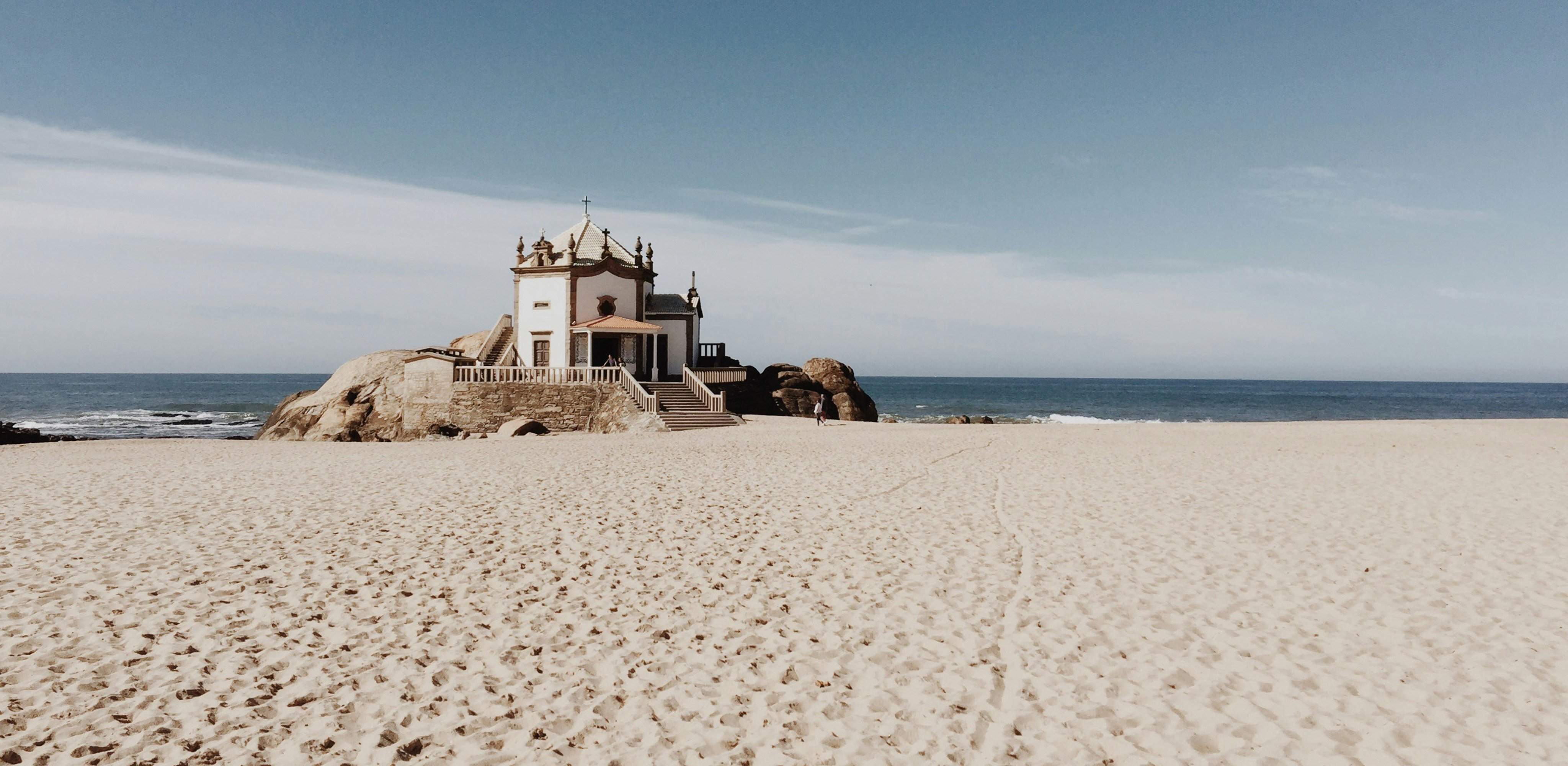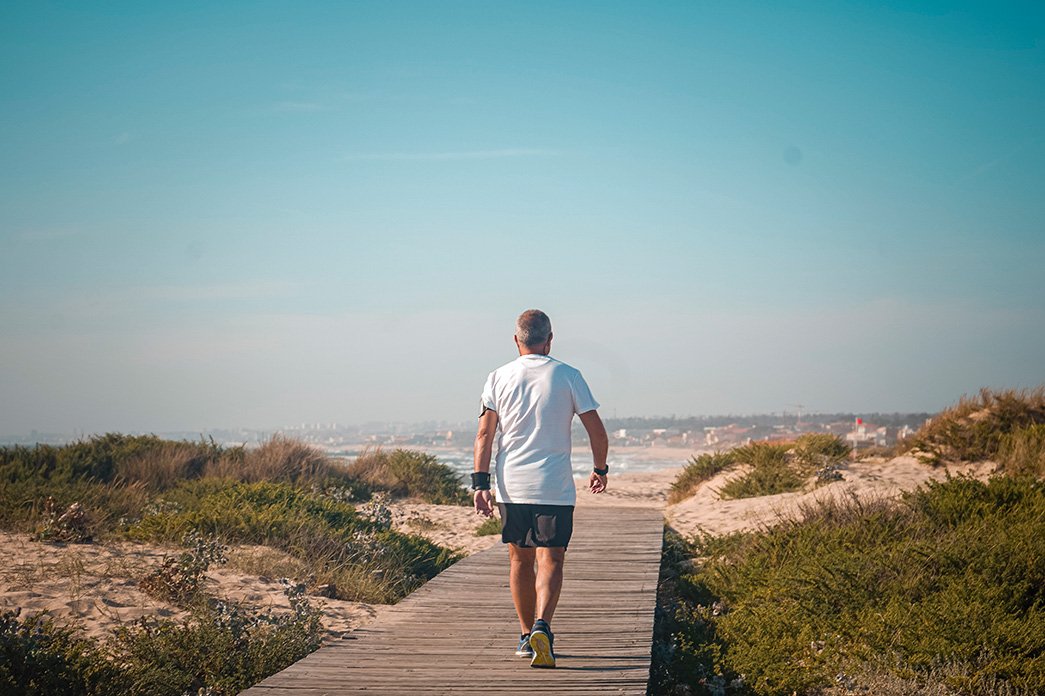
Vila Nova de Gaia, travelling along the coastline
Where the Douro meets the Atlantic


We start with the two most popular beaches on the Gaia coast: Praia de Canide Norte and Praia de Canide Sul. Their size beckons you to spend long summer days with family or friends, but away from the towels and parasols of others. The beauty of the dunes is a definite plus, and the neighbouring restaurants and bars invite you to enjoy a long day at the beach. The parish of Gulpilhares is home to Praia de Miramar, where they say the only church with its back to the sea is located. It’s true that the Chapel of Senhor da Pedra exists, but it’s not known whether it’s the only one that prefers to face the sand. At high tide, the place of worship is bathed by the sea and the scene becomes one of wonder. Small but monumental, the chapel envelops the beach in a mystical aura, thanks to its fanciful legends. One of them tells us that King Sebastião nailed his horse’s feet to one of the rocks supporting the building, and some people look for them when they visit Miramar beach. We move on to Madalena Norte and Madalena Sul, two beautiful beaches ideal for water sports. The long stretches of sand can be admired alongside the rocky areas that meander along the waves. Wooden walkways protect the dunes and there are restaurants around to round off the experience. The last stop is Praia da Granja, knowing in advance that Francelos, Francemar, Lavadores, Salgueiros, Sãozinha, Valadares Norte, Valadares Sul and many more beaches remain to be visited. It is rumoured that Granja was once the most aristocratic beach in the north, at the end of the 19th century and the beginning of the 20th century. Ramalho de Ortigão and Eça de Queirós made no secret of their preference for it, as well as the upper classes of society. The vegetation and palatial architecture that line the beach give the resort a certain charm and its easy access ensures that it’s a place for everyone.
With a glass of Port wine in one hand and a typical Velhotessweet pastry in the other, we bid farewell to Vila Nova de Gaia, with intentions of returning.













